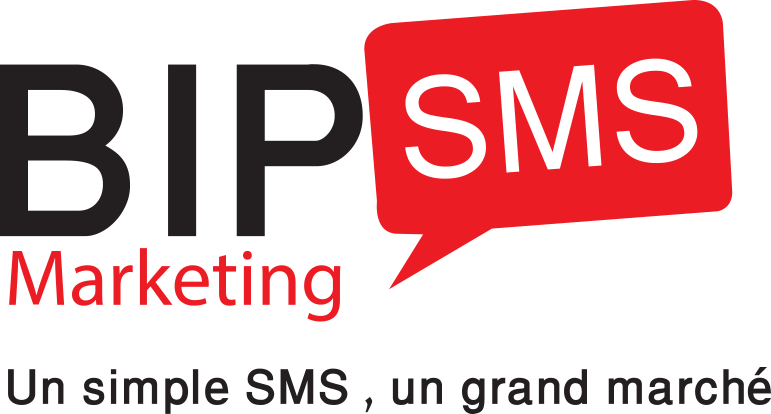How to Create a Financial Forecast for Your Startup Business Plan
While these are certainly going to be guesses initially, what we’re focused on right now is how the values of those guesses impact our overall business model and profitability. For example, in our sales forecast, we may find that initially, a single salesperson can handle everything but as we scale our business activities we need a massive sales team. Pipeline forecast is critical, as it predicts future revenue by analyzing potential sales opportunities and their likelihood of closing.
What is the most widely used method for financial forecasting?
Revenue projections can be tricky though, for instance when you have not achieved any sales in the past yet. For a deep dive we would recommend to have a look at our earlier article on how to create a killer sales forecast for your startup, but we will present the key takeaways below. Before moving to the different inputs of a startup’s financial model, it is important to realize financial modeling is not a goal in itself. And that end is typically to get more insights in the financial side of building a business, whether those insights are meant for yourself or for a potential investor. The cash flow statement allows management to make informed decisions on business operations and allows it to prevent and monitor company debt.
Collect relevant historical financial data and market analysis
As a new business, you might not have exact figures, but your estimates should be educated guesses based on market research, industry trends, and analyses of similar businesses. It’s crucial to keep these projections realistic, as overly optimistic forecasts can be a red flag for potential investors. While revenue projections set the stage for potential earnings, understanding costs and capital expenditures is crucial to measure the profitability and sustainability of your startup. A thorough breakdown of costs ensures you’re not caught off guard by unexpected expenditures. Startups use these models to predict revenues, expenses, and profitability over a period of time (typically one to five years). While it’s not set in stone, these forecasts help with decision-making, fundraising, and strategic planning.
Why You Need Models for Financials
If your competitors are publicly traded, you can review their financial statements to gather this information. If they are privately owned, look at the market perception of their companies, including reviews and articles. Examine their recent actions as well as any competitive intelligence you can gather on them to gain insight about their activities and opportunities. Second, if you’re seeking a tech partner, presenting a view of your financial projections may help to bring the right person on board. Oftentimes, the hardest part for startups is getting the numbers themselves.
What information is included in financial projections for a business?
Most projections are for the first 3-5 years of business, but some include a 10-year forecast too. Writing a solid business plan should be the first step for any business owner looking to create a successful business. Launching a startup or new product line requires a significant amount of capital upfront. A break-even analysis identifies the moment that your profit equals the exact amount of your initial investment, meaning you’ve broken even on the launch and you haven’t lost or gained money. Pursuit provides links from this website to other websites for your information only. Pursuit does not recommend or endorse any product or service appearing on these third party sites, and disclaims all liability in connection with such products or services.
- It helps them understand how much money they will need and when required.
- This misstep left him grappling with cash flow issues barely six months into operation.
- For startups, you can easily incorporate data from multiple sources into your database and create optimal financial projections using the powerful built-in data analysis tools.
- Moreover, it largely depends on your ability to create an accurate forecast of your firm’s future performance.
- Use formulas to calculate projections and create charts to visualize results.
- Generally speaking, most financial forecasts include projections for income, balance sheet, and cash flow.
For instance, if your sales team over or underperforms, it can change your sales projections. If you’re using a tool like Finmark, you can easily share access to your projections and customize their permission level. The beauty of Finmark is you can get these insights and immediately test your assumptions by adjusting your model. In our example, we might duplicate our current projection and make an alternative scenario with a few new hires. You can use that information to plan how to use a projected cash surplus, or anticipate when to be more conservative if you’re projecting a cash shortage. If you’re selling physical goods, for instance, your production costs will likely increase in relation to your sales since you need to buy materials or products in order to sell your goods.
- If you’re selling physical goods, for instance, your production costs will likely increase in relation to your sales since you need to buy materials or products in order to sell your goods.
- This exercise will also provide you with a net income projection, which is the difference between your revenue and expenses, including any taxes or interest payments.
- Finally, develop a cash flow projection to forecast the movement of cash in and out of your business.
- Supporting schemes such as working capital, depreciation and taxes might be needed.
- This makes you able to substantiate your short term targets on a detailed level, while at the same time your long term targets demonstrate the desired market share and the ambition an investor is looking for.
Net Income (Loss)
A startup financial model forecasts your company’s financial performance based on its current data, assumptions, and projections. It’s a roadmap for your startup, helping your founding team, stakeholders, and potential investors understand the financial trajectory of the business. If available, gather historical financial statements, including balance sheets, cash flow statements, and annual income statements. New companies without this historical data may have to rely on market research, analyst reports, and industry benchmarks—all things that established companies also should use to support their assumptions. CFOs and long-term business planners can use this five-year financial forecasting template to get a clear, long-range financial vision.
Startup Forecasting: Pro Forma Template for Startups
Therefore instead of working from real-world data to build our income statements, startups have to use a handful of assumptions about these values to create a solid financial projection. These are all tips that you can use as you create your startup’s financial projections. Using these tips can help you make your financial forecast a lot more informative for the company, for your board, and also just help you manage the business better. Projections may reveal potential problems—say, unexpected operating expenses that exceed cash inflows.
If you are a startup founder and you are looking to raise funding, the bottom up approach might not do the trick. Investors usually expect startups to grow fast and gain significant market share rapidly. In essence the top down method helps http://www.ofmusic.ru/accords/7440/8371.html you to define a forecast based on the market share you would like to capture within a reasonable timeframe. Oran Yehiel is the founder of Startup Geek, with an MBA specializing in financial management and a background in Deloitte.
Financial projections and financial forecasting provide a view into the future financial health of your startup. Sometimes it would make more sense to forecast COGS on total level, for instance per month. Or they could be a percentage of your revenues (for instance when you work with sales commissions). Our financial planning software for http://atnews.org/2017/11/03/ startups includes different types of COGS forecasting. Whether you need help drafting your startup’s financial plan, creating a cash flow statement or legal or financial advice, Fuel has you covered. Now, once you’ve got your three statement model, the incomes statement, balance sheet, cash flow statement, you’ll need to layer in actuals.
Estimates do not need to be precise, but they do need to be realistic and supported by a viable story. This exercise will also provide you with a net income projection, which is the difference http://gatchina3000.ru/brockhaus-and-efron-encyclopedic-dictionary/024/24344.htm between your revenue and expenses, including any taxes or interest payments. That number is a forecast of your profit or loss, hence why this document is often called a P&L.
If you’re a SaaS startup and you don’t have a solid set of financial projections, you probably won’t have a business for long. It’s a necessary part of running a startup, and if done correctly, it can help you scale the business faster and more efficiently. Financial projections are more difficult to get right, and at the same time, they’re also much more important to the longevity of the business. It’s those forecasts and the progress towards making them a reality that attract potential investors.

